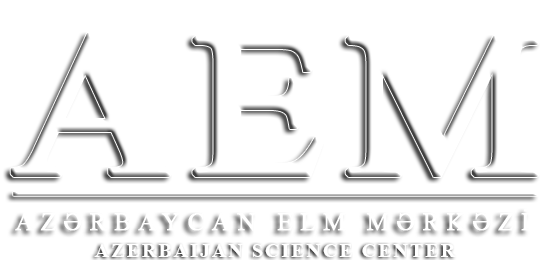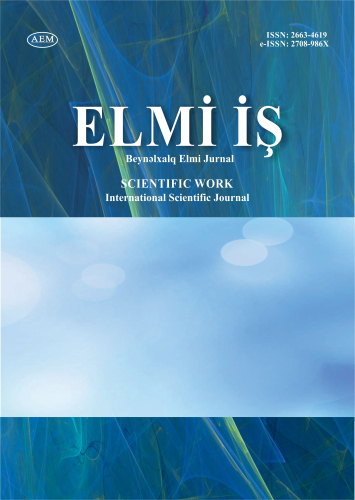DOI: https://doi.org/10.36719/2663-4619/115/43-48
Zulfizar Kochkorova
Fergana State University
https://orcid.org/0009-0006-3884-6249
zulfizarqochqorova97@gmail.com
Effectiveness of Using Visuals in Teaching English as a Foreign Language
Abstract
This study explores the impact of visual aids on teaching English as a foreign language (EFL), highlighting how various visual tools enhance students’ motivation, participation, comprehension, and language acquisition. Conducted with 7th-grade students, the research compares the performance of an experimental group—taught with visual aids—and a control group—taught with traditional methods. The results clearly show that visual aids significantly improve vocabulary retention and grammar comprehension. The study categorizes visual aids into non-projected 2D and 3D materials, projected media, and verbal visuals. Findings support that visuals help learners contextualize language, engage actively, and better internalize abstract concepts. Consequently, integrating visual resources creates a more dynamic, inclusive, and effective language learning environment. This study advocates for the increased use of visual teaching materials to address the needs of diverse learners and support communicative competence in EFL classrooms.
Keywords: EFL classroom, visual aids, Non – Projected 2D, Non – Projected 3D, Projected 3D, Verbal visuals

